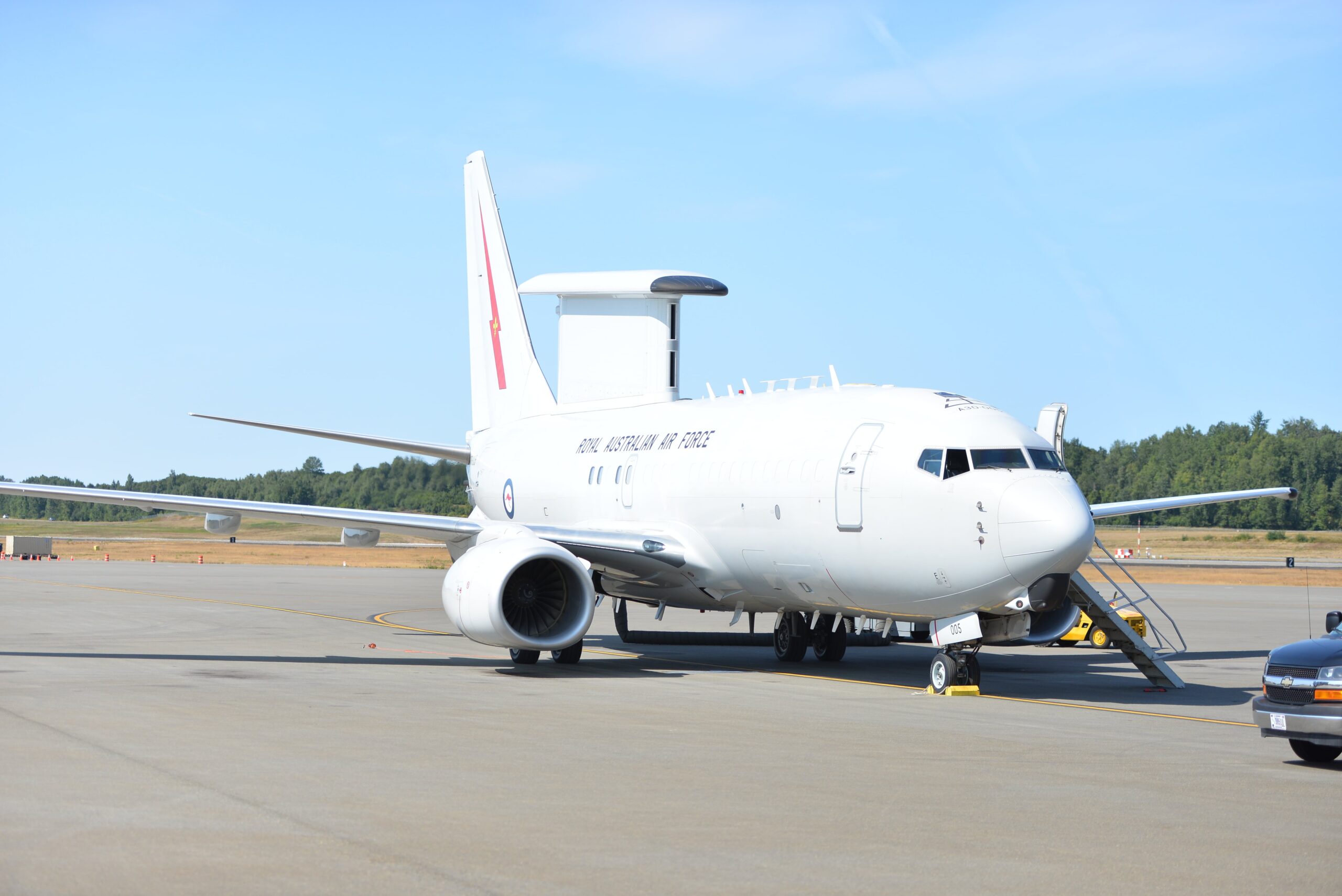
Despite interest in acquiring the Boeing E-7 Wedgetail to replace the Boeing E-3 Sentry Airborne Warning and Control System (AWACS) aircraft from some corners of the US Air Force (USAF), at the Air Force Association’s virtual Aerospace Warfare Symposium, US Air Force Chief of Staff General Charles Q. Brown, Jr said he wasn’t ready to commit to the aircraft.
Speaking during a media roundtable, Brown said: “I’m not going to commit to what platform is going to be replacing E-3. But we do need to take a look at our airborne moving target indications with the E-3, I realised that we have parts of Air Force which are Wedgetail fans.
“And I’ve actually had a chance to fly in a Wedgetail and talk to our partners and really the Royal Australian Air Force. It’s a capable platform.”
The E-7 Wedgetail is currently in-service in Australia, Turkey, South Korea and has been ordered by the UK Royal Air Force (RAF) to replace its E-3Ds. The E-7 is based on Boeing’s commercial 737 passenger airliner and carries a Northrop Grumman-built Multi-Role Electronically Scanned Array (MESA) radar.
The UK’s E-7s are expected to be in service in 2023 and will act as the RAF’s main Intelligence, Surveillance, Target Acquisition and Reconnaissance (ISTAR) asset. Production of the E-3 Sentry which the Wedgetail replaces ended in 1992.
Brown added: “I don’t want to commit, I want to make sure just like I’m doing the study on our fighters, I want to actually look at what options do we have? And, and so it’d be premature for me to commit to the Wedgetail right now or a timeline.
How well do you really know your competitors?
Access the most comprehensive Company Profiles on the market, powered by GlobalData. Save hours of research. Gain competitive edge.

Thank you!
Your download email will arrive shortly
Not ready to buy yet? Download a free sample
We are confident about the unique quality of our Company Profiles. However, we want you to make the most beneficial decision for your business, so we offer a free sample that you can download by submitting the below form
By GlobalData“And this is something again, I’ve got to spend more time looking at, but I realise there are some Wedgetail fans out there.”
When asked if there had been a study that would give the US Air Force the information it needed to move forward on a decision, Brown said there had been some studies conducted but not to a level needed to make a decision, adding it was one of the areas he wanted to spend more time on.
Brown added: “As I’m talking to our staff here, and we look at the E-3 and the mission-capable rates for the E-3 and what we’re spending on it today, we’re gonna have to do something. I don’t know what that something is yet, that’s why we’re asking the team.
“We’ve got to really look at what the options are, and the Wedgetail is one of those, but it may not be the only option. That’s what we need to work on with the staff here.”
Last year, a Government Accountability Office (GAO) report found that between 2011 and 2019 the E-3 fleet did not meet any of its annual aircraft availability goals and only met or exceeded its mission capable goals in three of the nine years. During the nine years, the E-3s availability rate slightly decreased while its mission capable rate saw a slight uptick.
In 2018, total operating and support costs for the fleet totalled $816.26m, while total maintenance costs totalled $195.89m.
In its report, the GAO wrote: “The E-3 faces sustainment challenges related to supply of needed parts and maintenance of the ageing aircraft. The program office is working to increase the availability of parts and has implemented initiatives to modernise the aircraft.”



